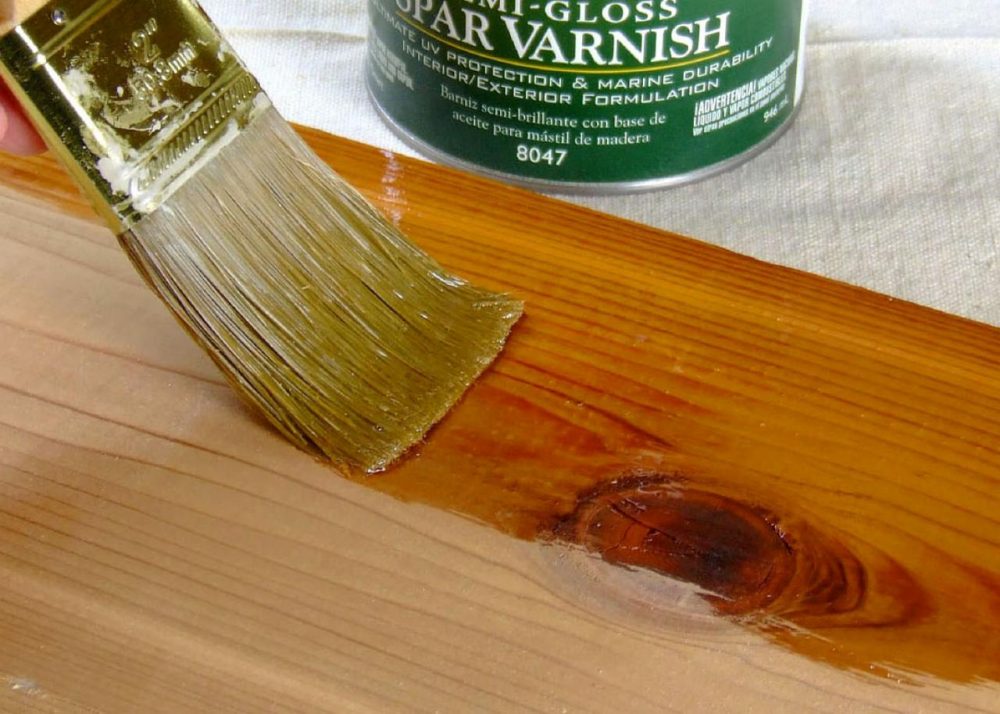The term fondo-finitura is imported from Italy. It is formed from the word fondo, which means primer, and finitura, which means varnish. So, in translation, grund-lac. The Romanian term for such a product is universal lakebut the Italian version has caught on so well that no one in the industry knows about universal varnish anymore.
As the name suggests, primer-finish is a product used to finish wood as both primer and varnish. It sounds like a miracle product that, applied layer upon layer, solves problems without having to keep changing the products you're working with. It's how finishing is done for DIY projects, where a single product is applied in multiple coats to protect and varnish the desired object. So why don't they just use products like this in the industry too, and continue using different materials? Why would people want to complicate their lives? These are the questions I set out to answer in the following.

Why a universal varnish was needed
The need for simpler technologies, without constantly changing materials in spray guns, pumps and other machinery, has led to the development of primer-finish products. They can be used to work up to the finished product by applying successive layers of material. They can be of any type, nitrocellulose, polyurethane, acrylic, solvent-based or water-based. They are used both as a primer and as a varnish, being basically a hydrid product that takes on the properties of both materials.
To better understand where problems can arise when using such material, I remind you what I use primer and varnish for. Primer is used to make the varnish film stick very well to the wood substrate and provide a consistent surface that can be sanded to remove roughness and provide a perfect backing for the final varnish. The varnish is applied over the primer and gives the film, in addition to a pleasing appearance and texture, resistance to scratching, mechanical shock and staining.
What are the pluses and minuses of universal varnish
For a primer to be used as a primer, it must be easy to sand. This means that resistance to scratching and mechanical shock should not be very high. As it is also used as a varnish, it must have scratch resistance, which will make it more difficult to sand as a primer. And this is where the material's 'weaknesses' come in: it is harder to sand as a primer and has less scratch resistance as a varnish.
With DIY projects, the person who starts to "tinker" with something has the time to work on it until the desired result is achieved. The resulting object does not have to be handled by several people, packed, transported, held in storage until it reaches the customer, so the risk of scratches and dents on the film is reduced. In industry, however, technologies have timescales that must be respected and products must meet certain quality requirements. They are handled several times, packed and transported to different customers, where they are handled and stored again. The journey to the final customer is long and the risks of damage to surfaces are higher.
I do not want you to understand that it is a recommendation not to use such products. Because, as I have already said, they do have advantages. Using them on specialist equipment is simpler, they reduce losses caused by material changes from one stage to another, they eliminate mistakes caused by confusion. You just have to weigh up very carefully the advantages and disadvantages of using them and make an informed choice.

I hope you find the above information useful. As usual, additions are welcome. And if you have any questions or queries, please leave them in the space below. I'm sure I'll reply.


























Don't ever stop doing that.